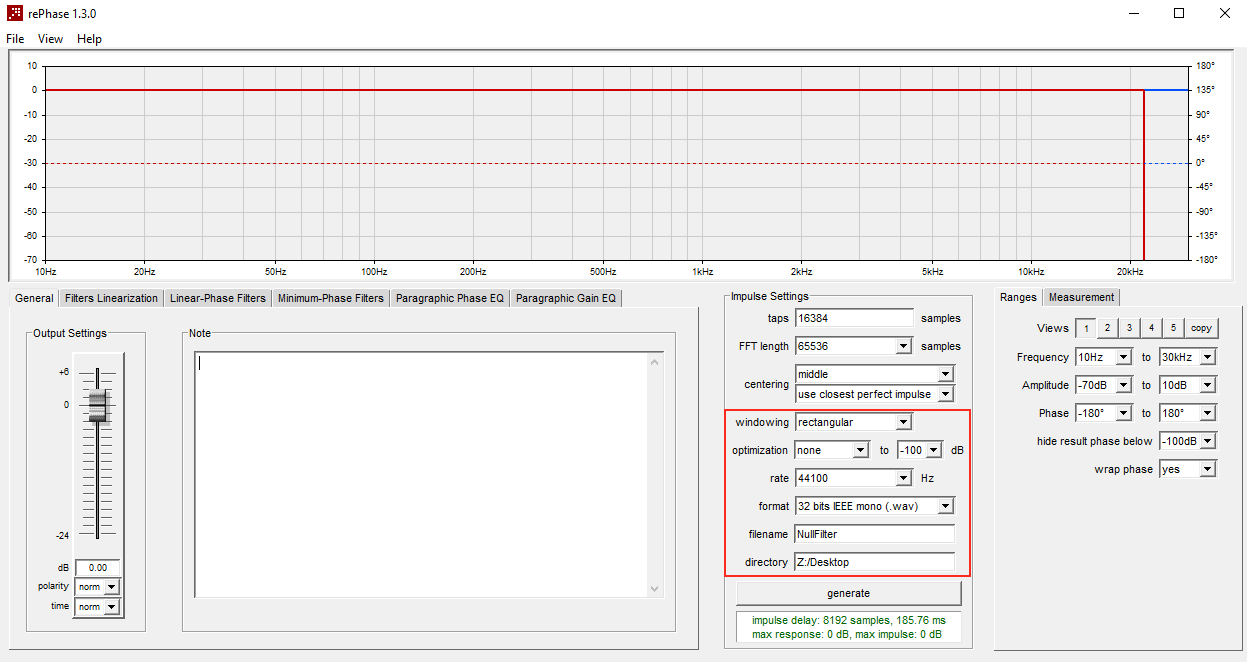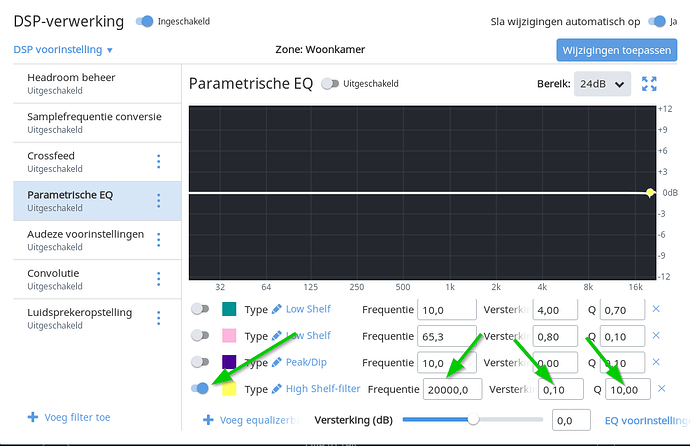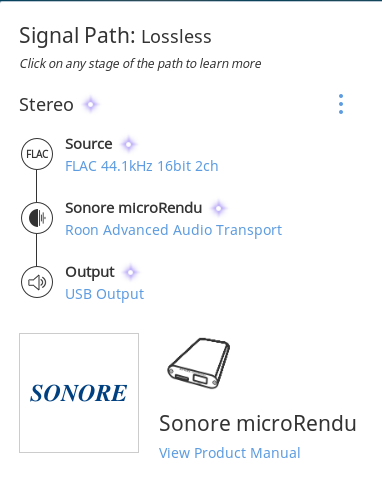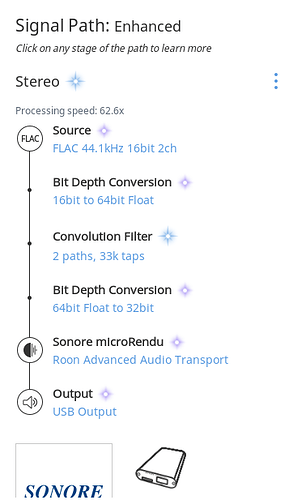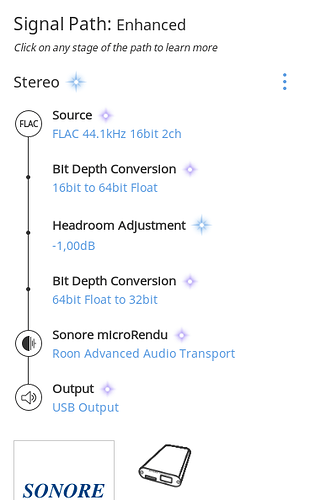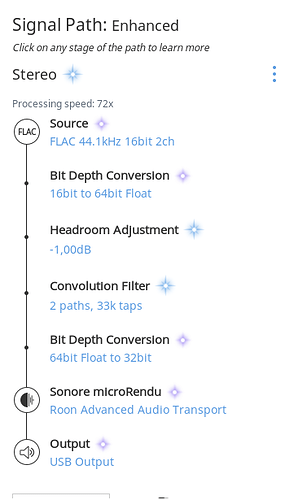Sorry! I only get notified if you flag @brian. This site is long past the point where I read every single thread like back in 2015 
There is a reduction in bit-depth whenever Roon performs any processing, because Roon’s processing uses a 64bit format, and DACs, in general, support 24 or 32 bits. So somewhere inside of Roon, we need to get back from that 64bit format to 16-32bits.
I don’t think disabling dither makes sense–the bit-depth reduction demands it, regardless of what it happening next. It’s important to realize that if you don’t dither, and simply truncate the bits of a twos-complement value, the output signal is technically invalid because it includes a DC offset.
The truncation/dither + adjustment for the DC offset all happen together as one step, and really can’t be separated without sacrificing correctness. You could not get a technically correct result by truncating the numbers to, say, 24bit, and then trusting some downstream process to dither, since there is already information lost. To do this correctly, you add the dither to the higher-precision value, compensate for the DC offset in that higher-precision domain, and then truncate.
Allowing for dither algorithm selection is a fine idea. Maybe we will do it at some point in the future.
I find it fairly unlikely that you are hearing a dither at the 24th bit. Dither is a neutral noise pattern, and at that position, it is at least 40dB beneath the noise floor of your listening environment. Especially when starting with 16bit content and doing 32bit output, there is just too much mathematical precision there to suspect it.
When dither is implemented badly, it does not create a character that I would consider consistent with " lack of detail and immediacy".
It is far more likely, in my view, that one of the following is creating the difference:
- The pair of volume adjustments, in particular, the +1dB on the amp (since the -1dB in DSP is information preserving in the above signal paths due to the large increase in mathematical precision).
- Doubling the data rate to the DAC by sending 32bits instead of 16bits. Some people feel that choice of transfer format changes the sound of some DACs.
I don’t think any of the above contradicts your subjective test results. Just some thoughts…
